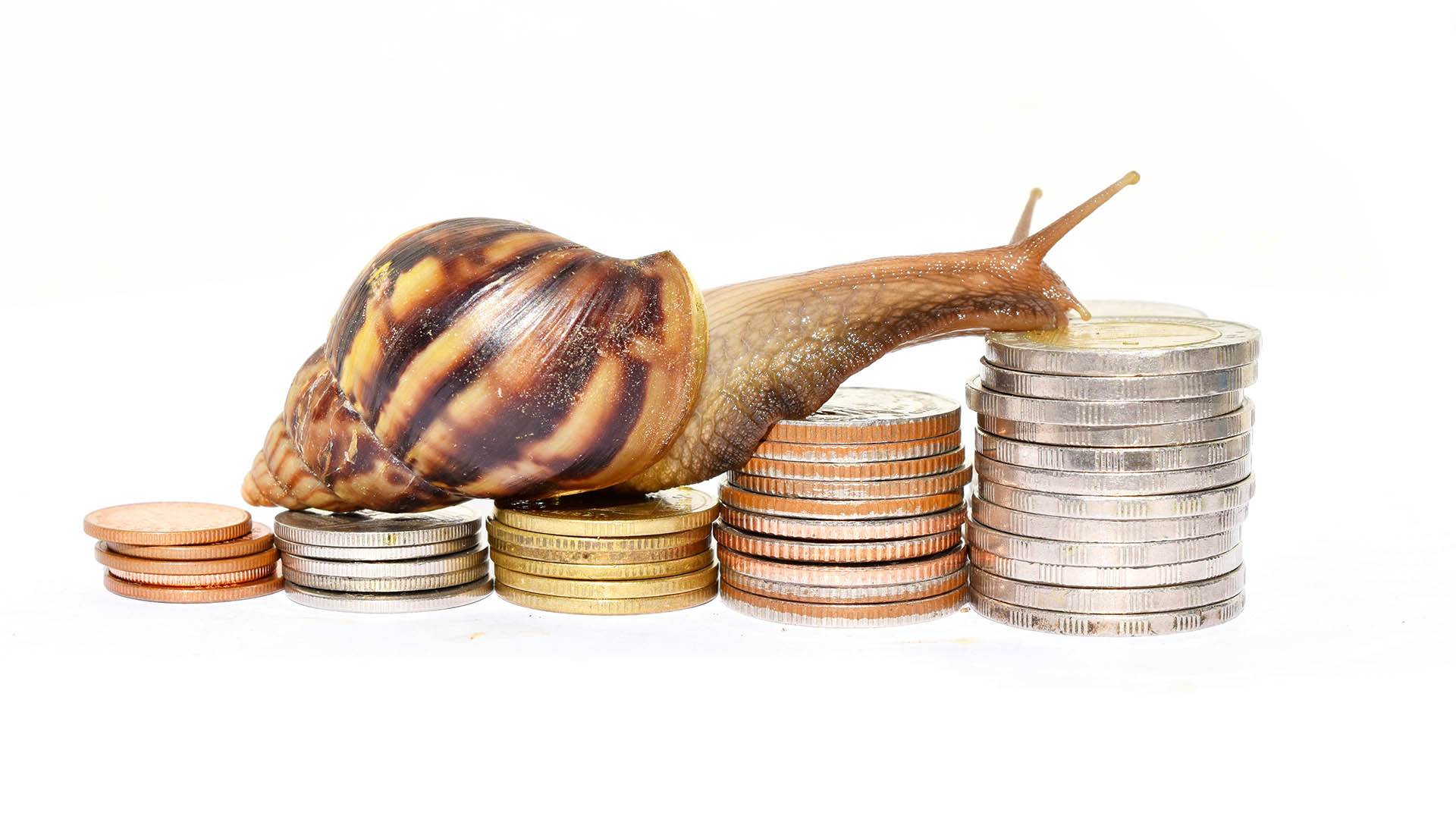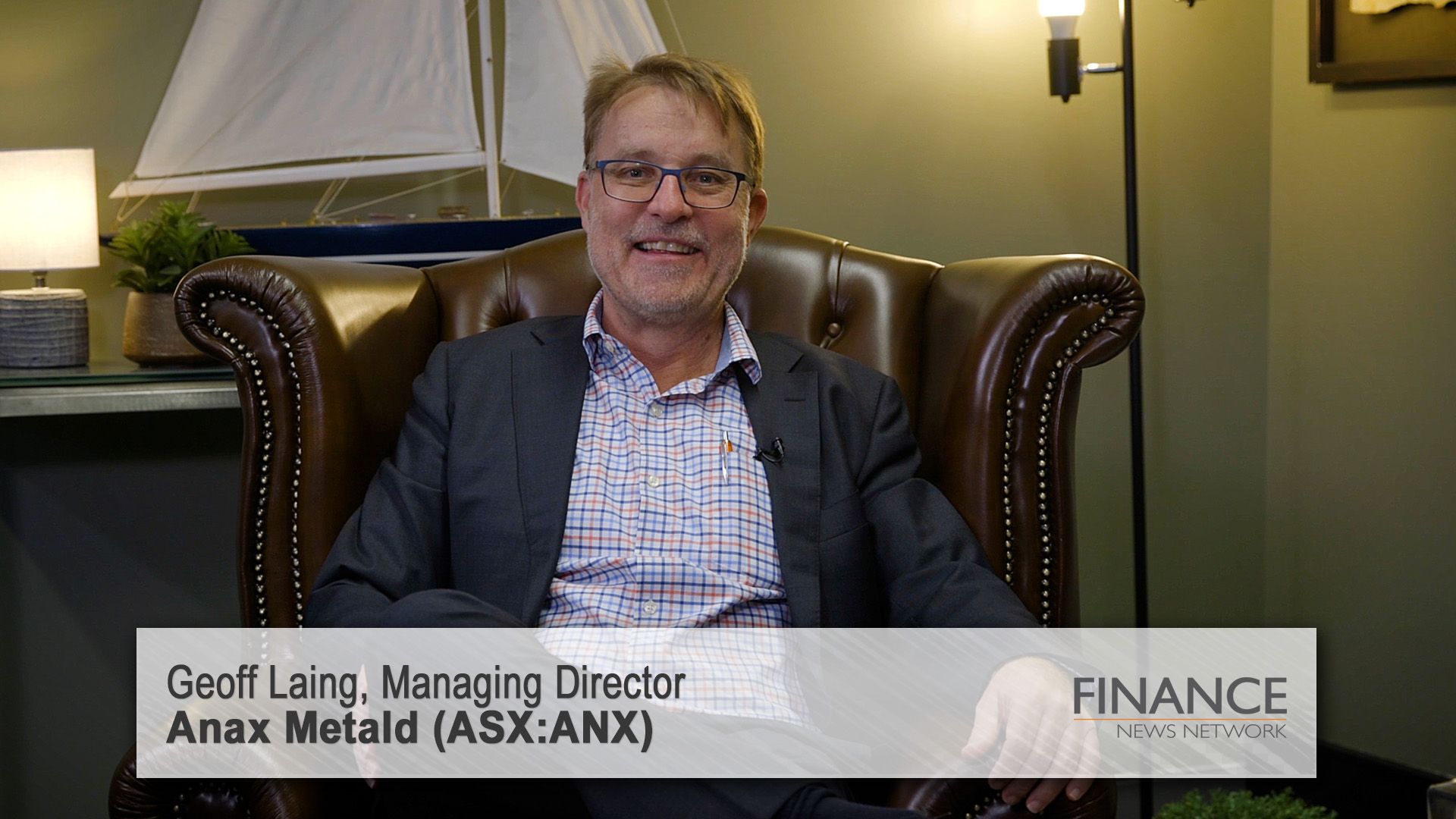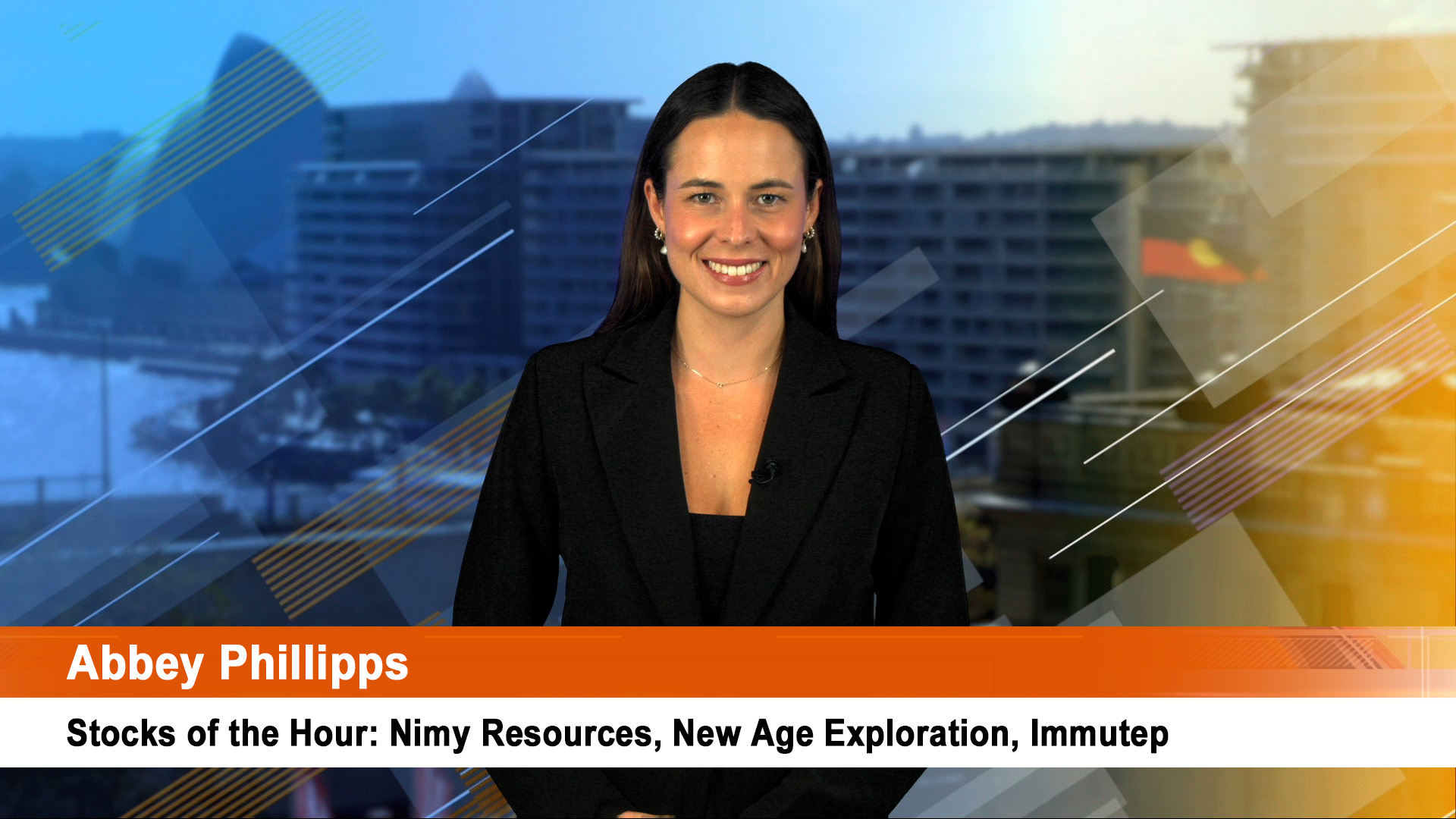It's been a tough start to the New Year the world over, no matter if its gloomy New York, booming Shanghai or quizzical Sydney, financial markets have taken a battering.
And there could be more before things get better.
The AMP's head of Strategy, Dr Shane Oliver says that while further falls in share markets are likely and the next six months will remain volatile, "we expect the US downturn and slump in shares to be relatively short lived. Things should be on the mend in the second half.
"The main risks are a continued problem with global inflation (which we think is unlikely) or a drastic unwinding of debt levels in the US and elsewhere (which is a greater risk and should be watched closely)."
Here's his weekly report:
The cyclical bull market in shares that got underway in March 2003 now looks to be over.
Many share markets had had falls greater than 20% from last year’s highs and the pattern of rising highs and lows in share prices that normally characterises a bull market has been broken by the sharp falls in share markets so far this year.
The question is how long will the slump last? Of course, much depends on the US economy.
Our assessment is that:
• The US economic downturn will be relatively mild: the Fed is now moving quickly to reflate the economy; fiscal stimulus in the form of personal tax rebates and tax breaks for business to invest will also help boost growth; the corporate sector is in pretty good shape; and the rest of the world is generally solid which along with the lower $US will help US exports.
It’s also worth noting that while credit markets are still in dire straits, short term money markets have improved dramatically with interbank lending rates falling dramatically since the coordinated intervention by global central banks last December.
There are also signs that the housing market is getting close to a bottom, although US house prices clearly have more downside.
None of this is deny that the news out of the US will get worse before it gets better, particularly for consumer spending.
But it suggests that a relatively mild, 6-9 month US downturn is likely.
Through the second half of the year the US outlook is likely to be improving.
• Against this US backdrop, global growth will slow dramatically this year, but it is unlikely to collapse.
Japan is probably already in recession, but Europe and emerging markets are likely to slow but not collapse.
While leading indicators for developed countries are in negative territory, they remain solid in emerging countries.

Given the likelihood of further bad news on the US/global economy and the flow on to profits and ongoing problems in credit markets in the short term, share markets are likely to see further downside, but the bulk of the damage should be behind us (with major share markets having already had 20% or so falls) and the trend should improve through the second half of the year.
In this regard:
– share valuations are now very cheap with Australian shares trading on a forward PE of 12.8 times which is well below the average over the last decade of 15.3 times;
– at some point over the next six months shares will start to look forward to better global growth ahead and rally into year end; and
– Investor sentiment towards shares has become very bearish which is normally a positive sign from a contrarian perspective.
See the next chart which shows a composite measure of various surveys of US investor confidence – which is now pushing extreme lows.

Given the difficulty in timing market bottoms the best approach is to average in over the next 6 months.
The Wall of Worry:
None of this is to deny the degree of uncertainty now facing investors.
There are now a number of worries. One of the best summaries of these was in an article by George Soros in the Financial Times last week.
In essence, the two key arguments on the downside are that the Fed’s aggressive moves risk fuelling inflation on the one hand, and on the other they won’t work this time in jump starting the US economy because the US faces a sustained period of de-leveraging (i.e. debt reduction) which will be made worse if foreign investors lose interest in lending money to the US.
Addressing each of these in turn:
Our assessment is that inflation is the least worrying risk.
Inflation in developed countries excluding energy and food is running well below the levels preceding previous major global downturns suggesting central banks have more flexibility this time.
Despite the huge surge in oil prices we are nowhere near 1970s inflation rates.

Secondly, inflation always lags the economic cycle so with global growth set to slow well below trend this year it is likely that excess capacity and strong global competition will result in falling underlying inflation over the next year or two.
If businesses couldn’t raise prices over the last few years of strong conditions how are they going to push up prices as demand weakens?
Already in the US there are numerous signs that underlying inflation pressures are receding, e.g. $1 cups of coffee at Starbucks, falling new car prices, fee cuts on eBa













